Fossils Activities Worksheets
In need of engaging and educational activities for teaching about fossils? Look no further! Our Fossils Activities Worksheets offer a range of captivating exercises and hands-on tasks to captivate your students. These worksheets provide a systematic approach to learning about fossils, covering topics such as the formation process, types of fossils, and their significance in understanding Earth's history.
Table of Images 👆
- Fossil Activity Worksheet
- Printable Dinosaur Fossil Worksheet
- Fossil Crossword Puzzle Answers
- Fossil Word Search Printable
- How Are Fossils Made Worksheet
- Fossil Worksheets Printables
- Index Fossils Worksheet
- Fossil Record Worksheets
- Fossil Fuels Non Renewable Energy
- Science Fossils Worksheets for 3rd Grade
- Fossil Activity Worksheet Answers
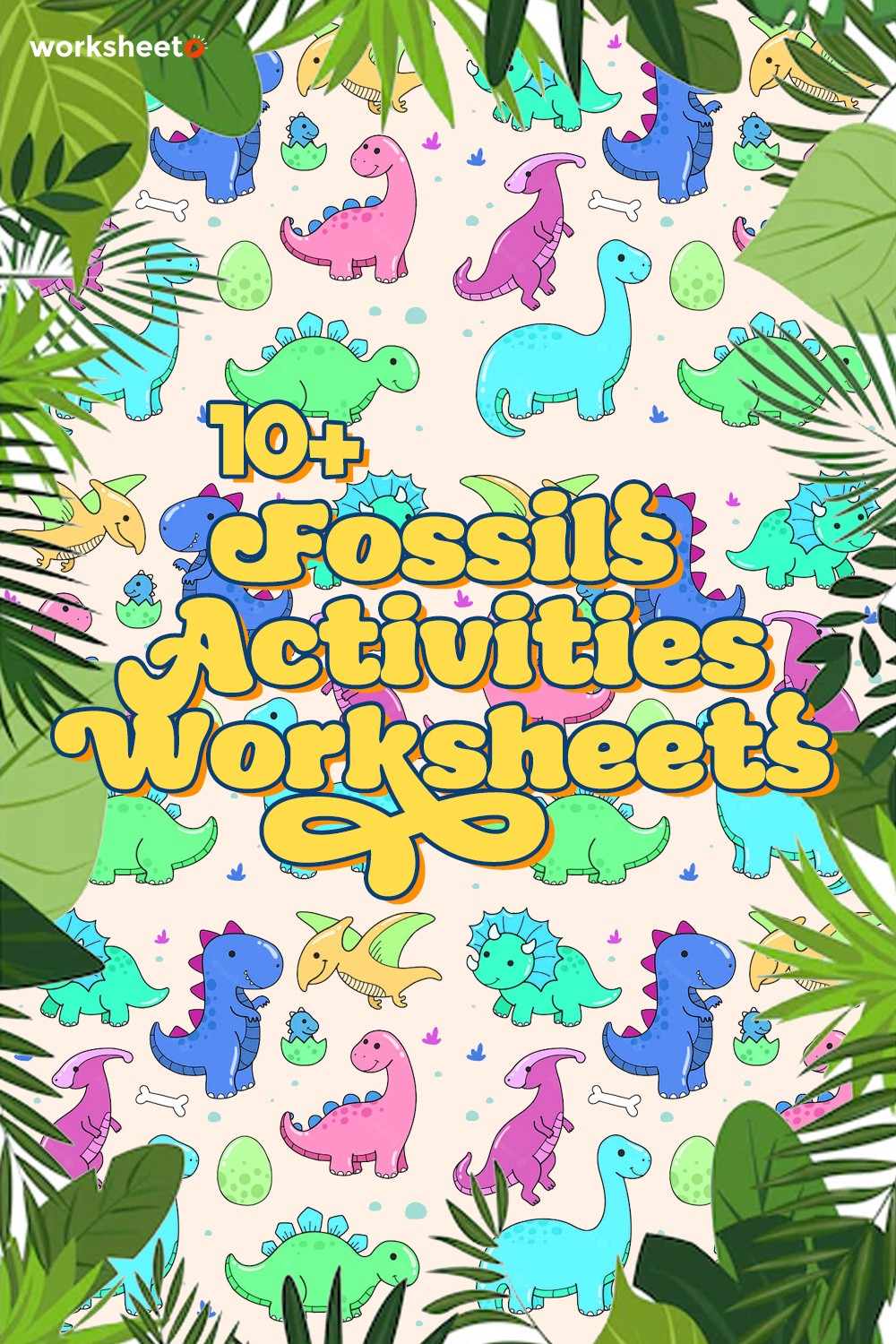
Enhance your students' understanding of paleontology with our Fossils Activities Worksheets, a valuable resource for hands-on learning.
More Other Worksheets
Kindergarten Worksheet My RoomSpanish Verb Worksheets
Spring Clothes Worksheet
Healthy Eating Plate Printable Worksheet
Cooking Vocabulary Worksheet
My Shadow Worksheet
Large Printable Blank Pyramid Worksheet
Relationship Circles Worksheet
DNA Code Worksheet
Meiosis Worksheet Answer Key
Designed for elementary and middle school students, these Fossils Activities worksheets are the perfect tool for educators seeking to inspire and engage young minds in the fascinating world of paleontology.
What is Fossil?
You are familiar with the term fossil, aren't you? Most people perceive fossils as stuff that gets buried in the deep ground for thousands of years. According to National Geographic, it takes 10.000 years for remains to turn into fossils. Fossil is the conserved remains of plants and animals buried in sediments, such as sand and mud.
Paleontologists (people who study fossils) usually find fossils under seas, lakes, and rivers. The soft parts of the body will decay immediately after death, but the solid parts (bones, shells, and teeth) get replaced with minerals that harden into rock. Some soft elements, such as feathers, fern plants, and footprints, can also be preserved by nature. Remains may include microscopic fossils such as unicellular foraminifera and pollen grains.
Some also take the form of more familiar ones, such as ammonites and trilobites. Preserved proof of the body pieces of ancient animals, plants, and other life states are called body fossils. Meanwhile, trace fossils are the proof left by organisms in sediment, such as footprints, burrows, and plant roots.
How did Fossils Form?
The experts found fossils in sedimentary rocks and sometimes in fine-grained, low-grade metamorphic rocks. Fossilization requires rapid burial by previously waterborne sediments. The burial process isolates the remains from biological and physical processes that would otherwise decompose or dissolve body material.
For example, fossils have more possibility to exist in marine environments where rapid burial by sediment is possible. Less favorable environments include rocky peaks where the carcass collapses and lets some sediment elements bury the body remains. There are four methods of preservation:
- Petrification: After a shell, bone, or tooth is buried in sediment, it can be exposed to mineral-rich liquids that travel through porous rock material, filling it with antiseptic minerals such as calcium carbonate and silica. Eventually, the minerals replace the organic matter, and the remains become stone or "petrified."
- Compression: The compression process occurred in-depth, which makes the results look like a pressed imprint.
- Mold and Cast: When the original shell or bone is removed, it may leave a void in the shape of the original material called the mold. The sediment may fill the space and form a suitable cast.
- Preserved Animals: The rarest form of fossilization is the original skeleton and soft body parts preservation. For example, insects captured and preserved in amber (petrified tree sap) are examples of preserved relics.
How Many Types of Fossils Are There?
According to Oxford University, there are two types of fossils (body and trace). Body fossils are the remains of ancient plants and animals that have been preserved in rock or sediment. These fossils could include bones, teeth, shells, and soft tissues, such as skin or feathers.
Body fossils give us insight into the morphology, anatomy, and behavior of extinct organisms. Meanwhile, trace fossils are the marks and impressions left behind by ancient life. These fossils can include footprints, burrows, and even feces.
Trace fossils provide evidence of the activities of organisms, including their locomotion, feeding behavior, and social interactions. Trace fossils also give us insight into the environments in which these organisms lived, as well as the relationships between different species.
What is the Importance of Learning Fossil?
Some might think that learning about a fossil is a waste of time since it is about the last moment. However, studying it has many benefits for human life. Fossils provide various and beneficial insights into the history of life on the Earth's surface. They tell humans where life and people came from, how the environment has changed over geological time, and how the now widely separated continents once were.
Paleontologists also use fossils to determine the age of a rock. They did various evolutionary processes on different types of fossils that occur in rocks of different ages. This complicated process is crucial for understanding the geological history of this planet.
For geologists, fossils are one of the most crucial tools for the age correlation process. Ammonites, for example, are excellent index fossils for stratigraphy. These fossils are useful to determine the relative ages of two or more rock formations or formations at different locations within the same country or elsewhere.
How to Introduce Fossil Learning to Students?
Introducing fossil learning to kids can be an exciting and engaging experience that ignites their curiosity about the natural world. Here are some tips on how to do it effectively:
- Begin by explaining what fossils are and how they are formed.
- Use visual aids.
- Take kids on a nature walk or to a museum with a fossil exhibit.
- Create activities such as fossil coloring pages and fossil digs, or even make your own fossils with Play-Doh.
- Explain how fossils are valuable for scientific research and can help us better understand the history of life on Earth.
From fossil identification to learning geology, understanding the Earth's history, and various science experiments, these worksheets prepare everything. The hands-on learning that these Fossil Activities worksheets offer will help the young learners study fossils in a fun and engaging manner, which will boost and strengthen their knowledge.
Mastering the paleontology field will be beneficial as it can help young learners pave the way for their future careers.
Have something to share?
Who is Worksheeto?
At Worksheeto, we are committed to delivering an extensive and varied portfolio of superior quality worksheets, designed to address the educational demands of students, educators, and parents.


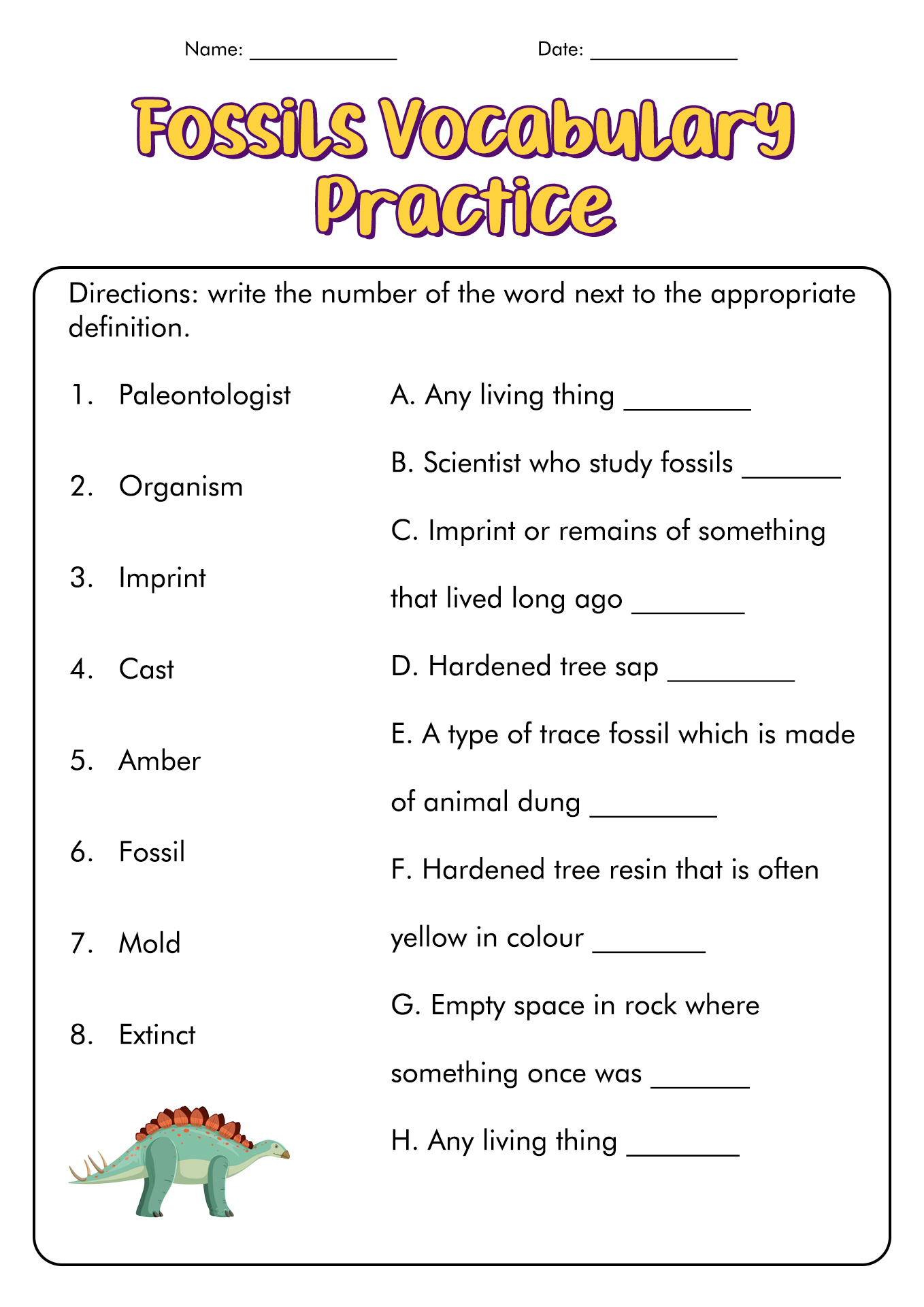


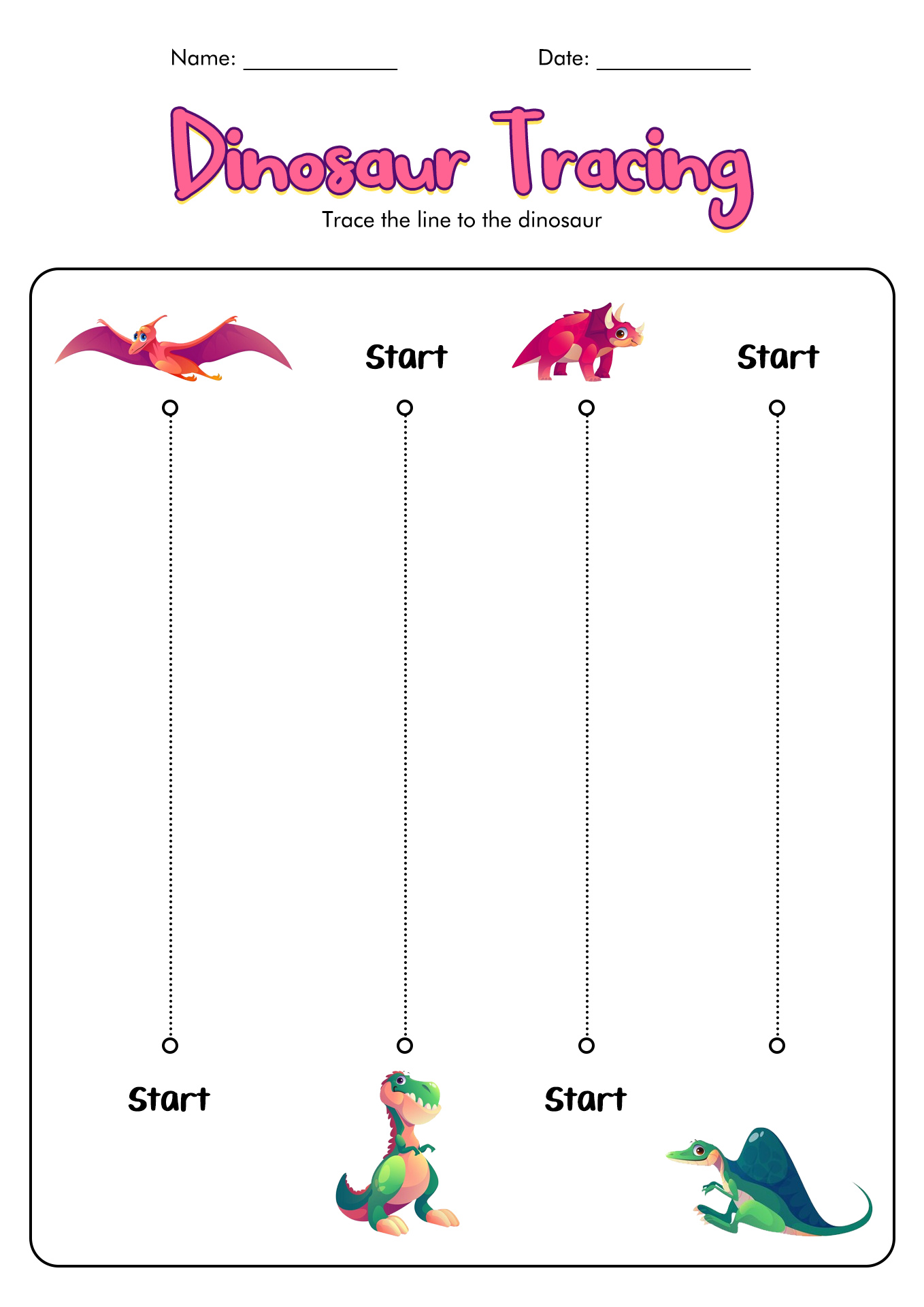
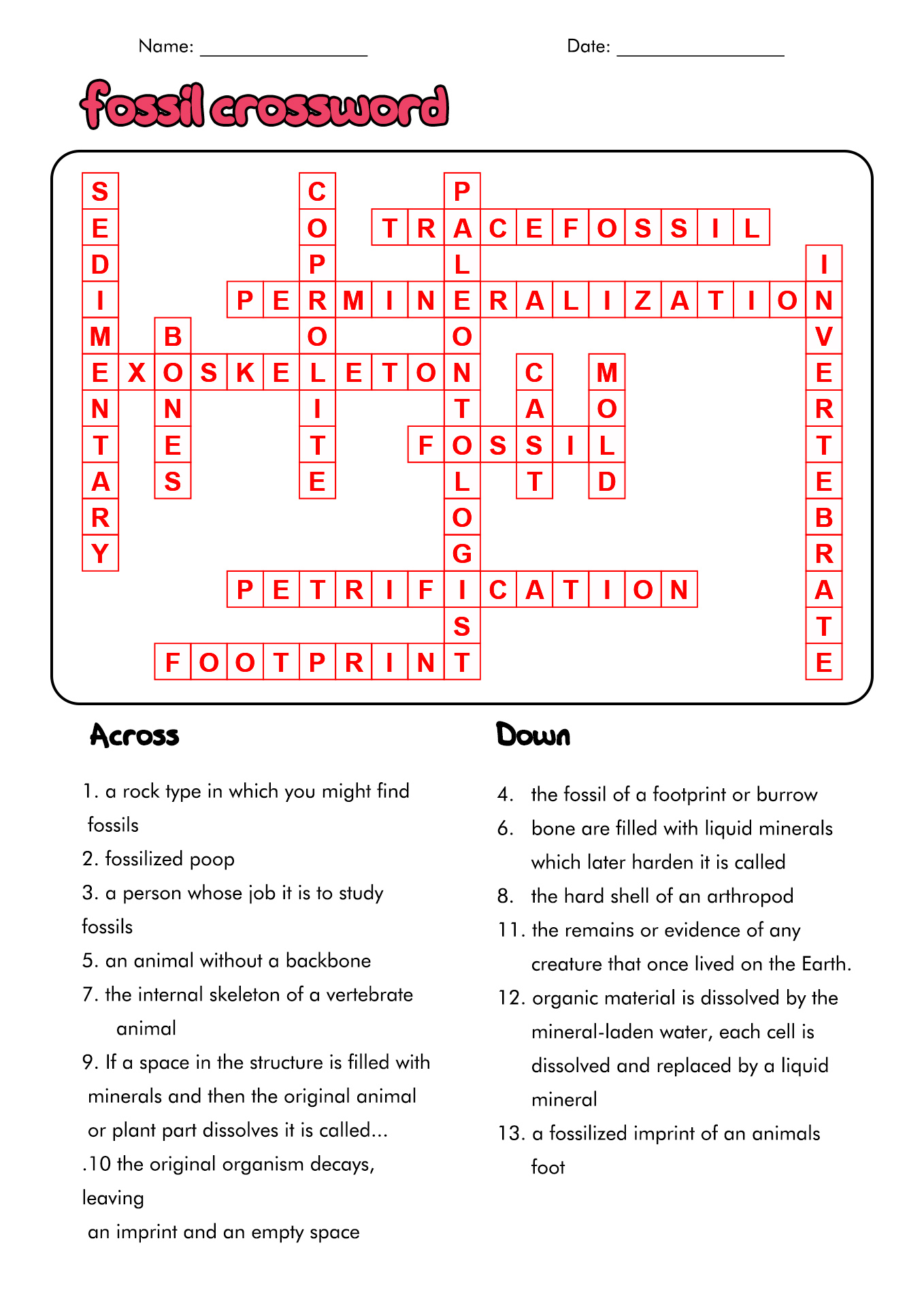
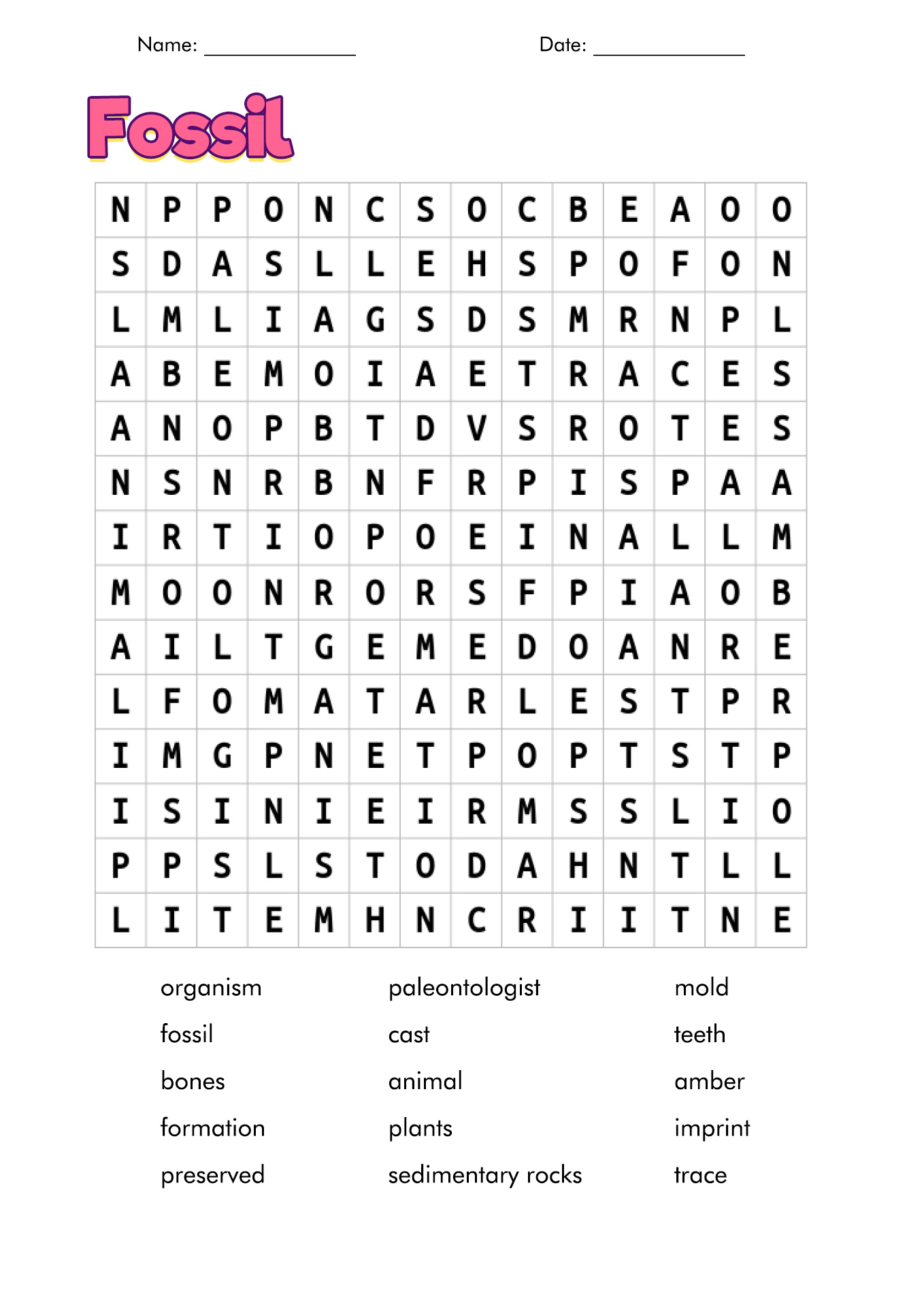
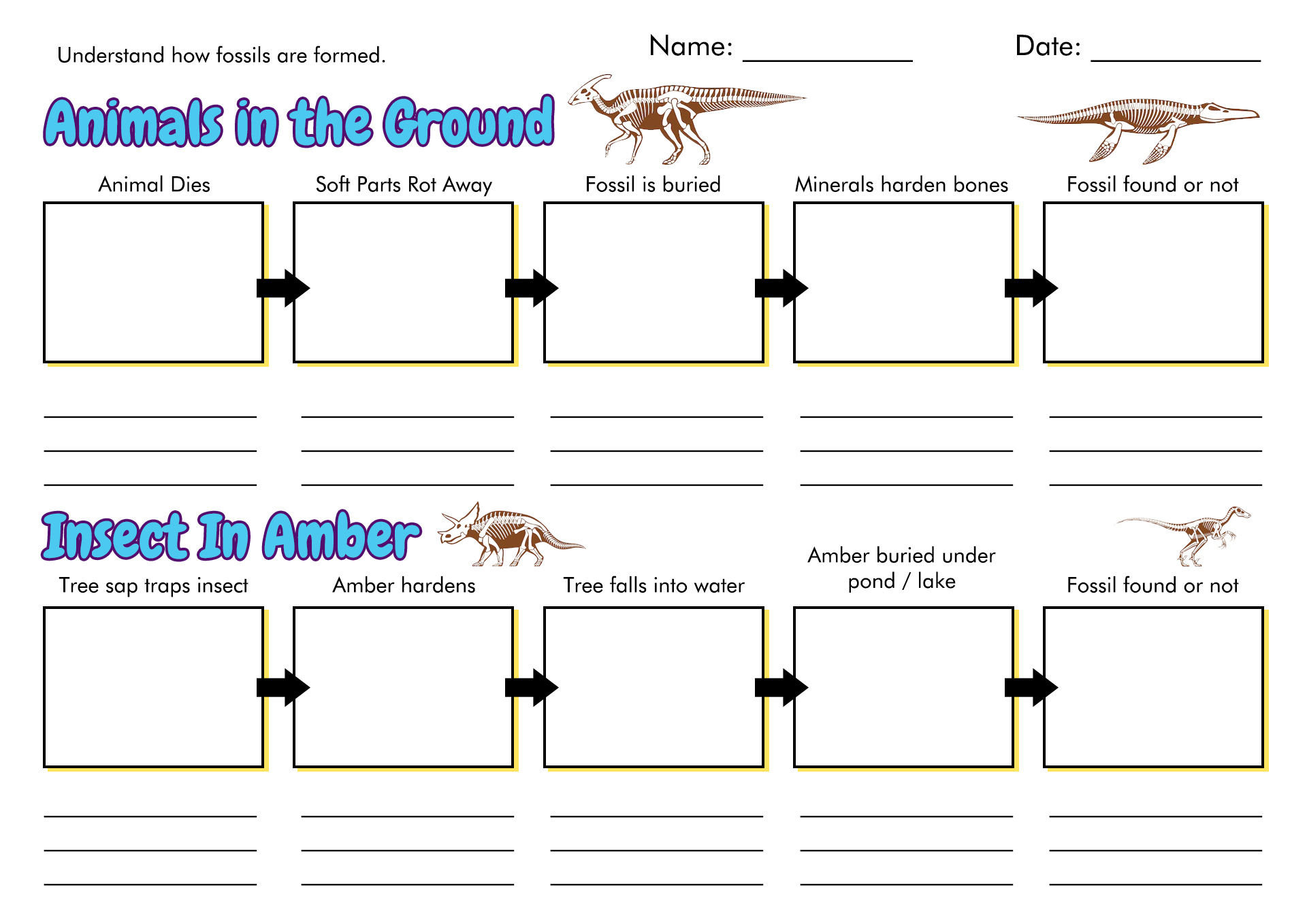
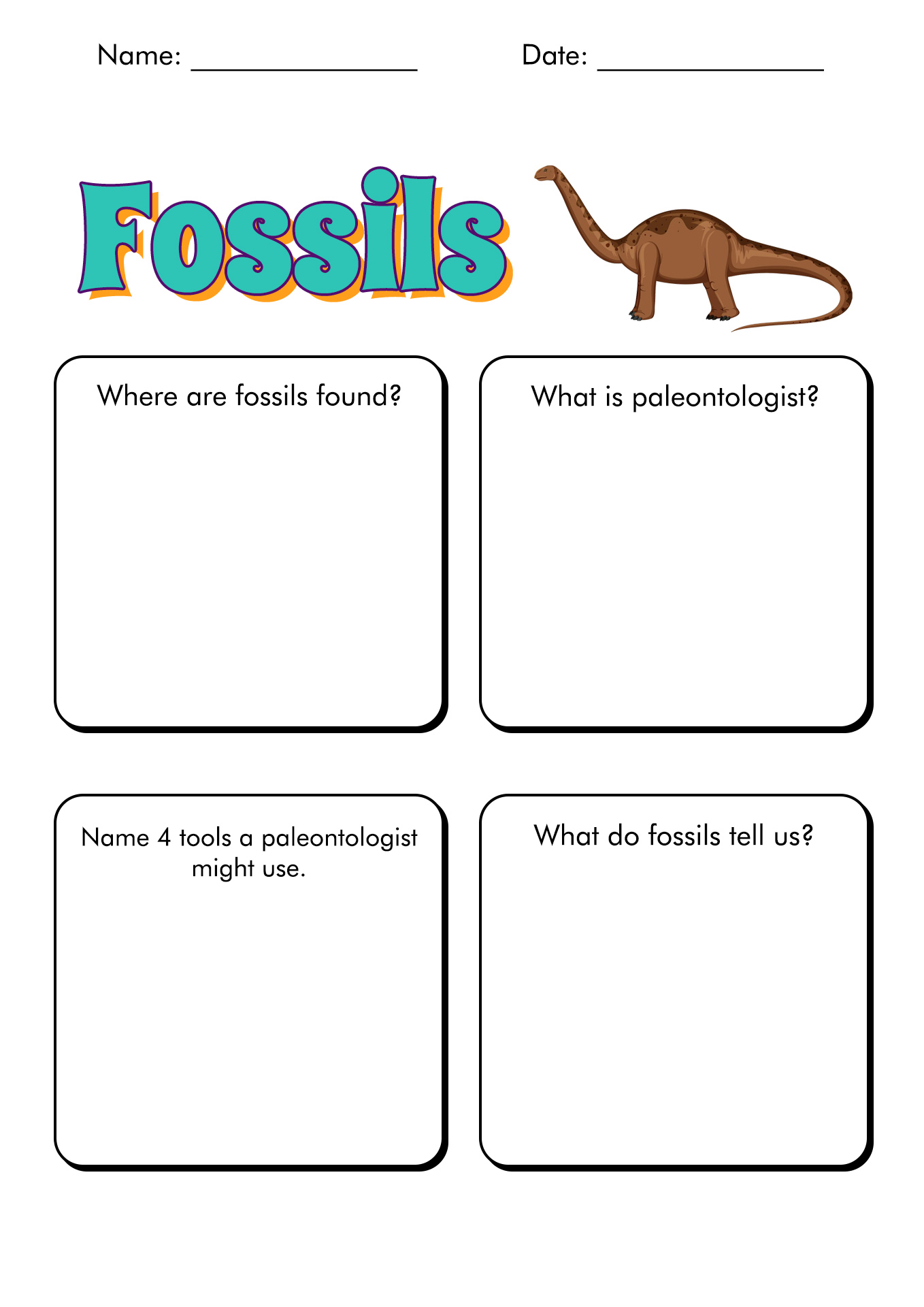
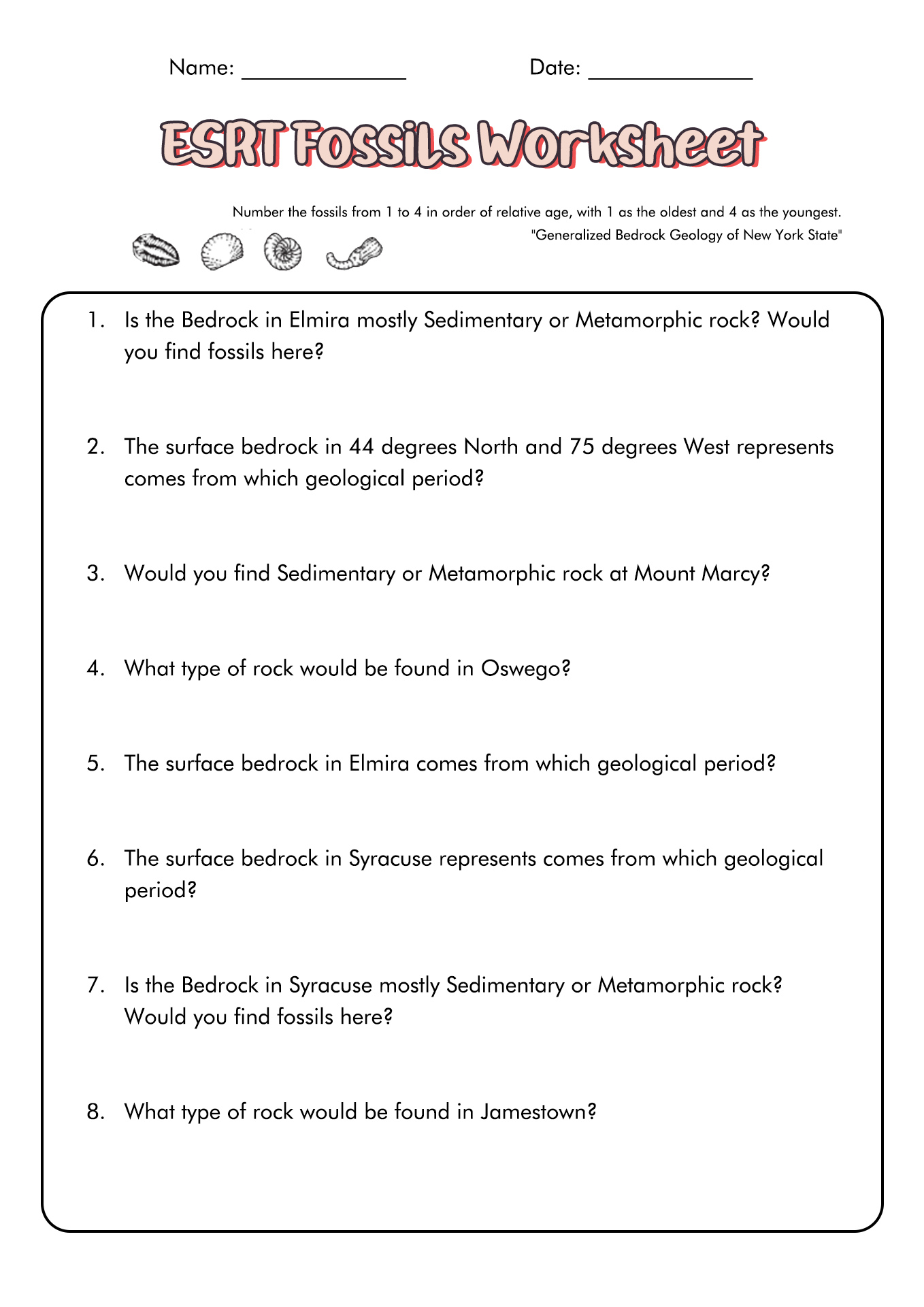
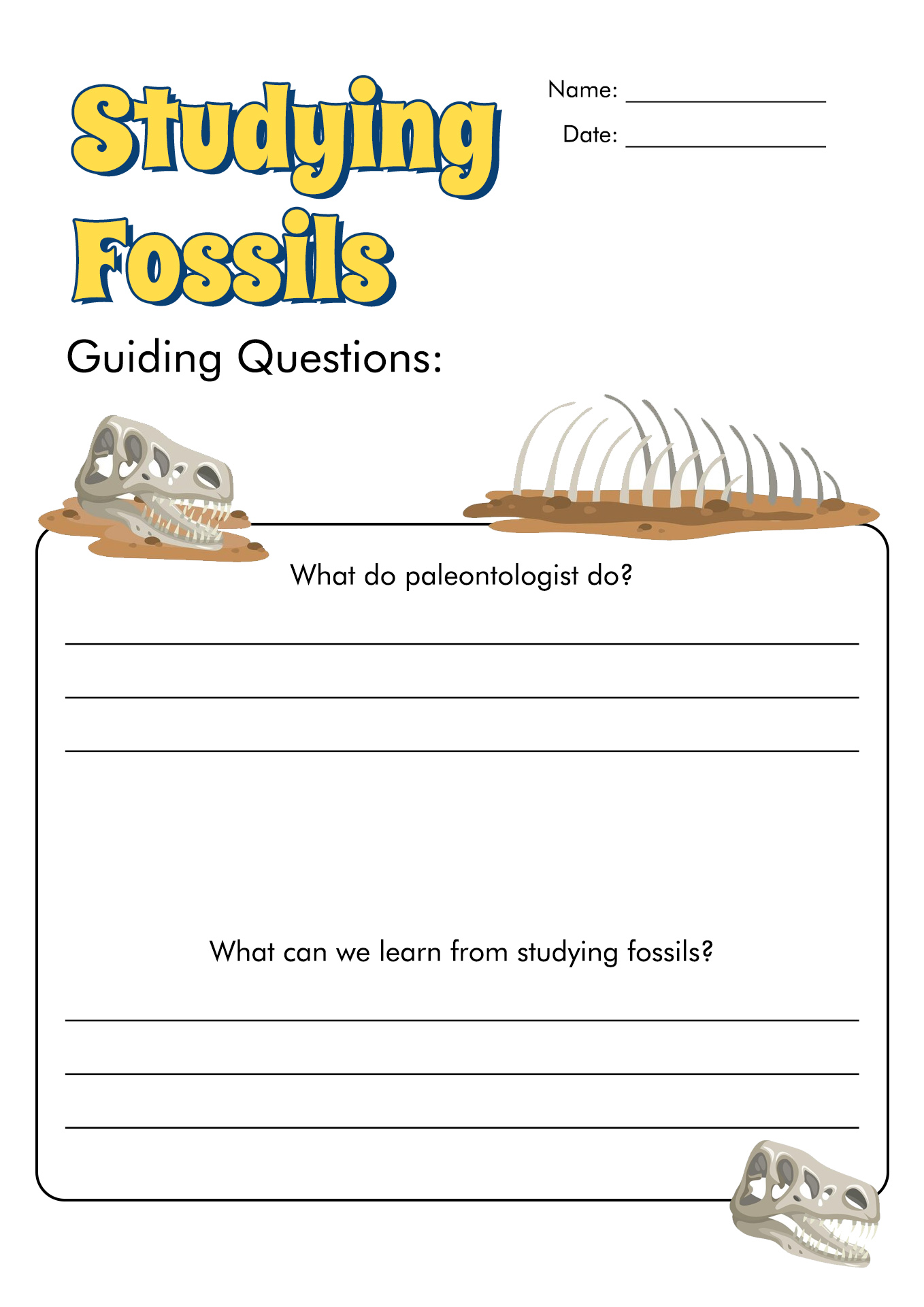
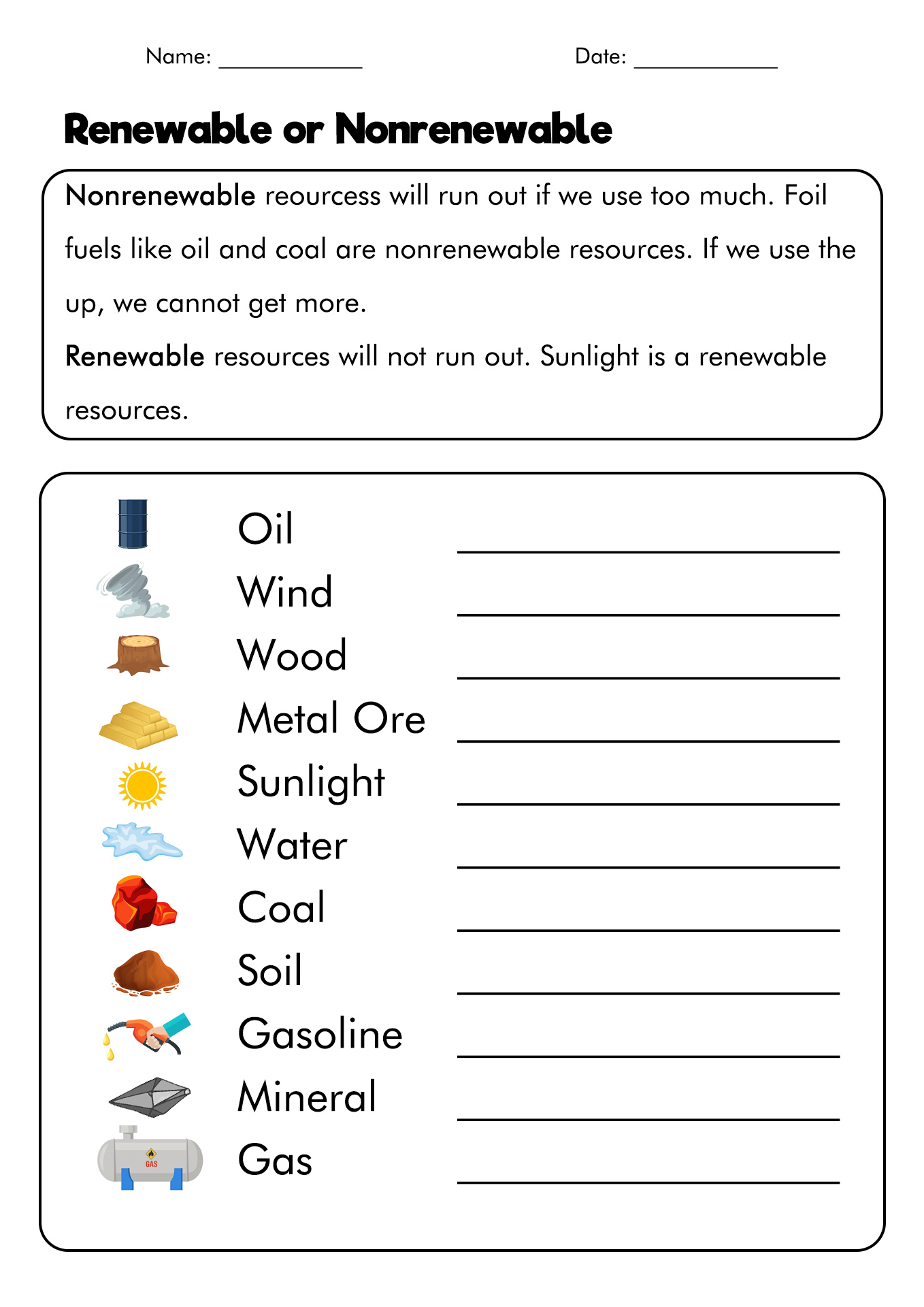
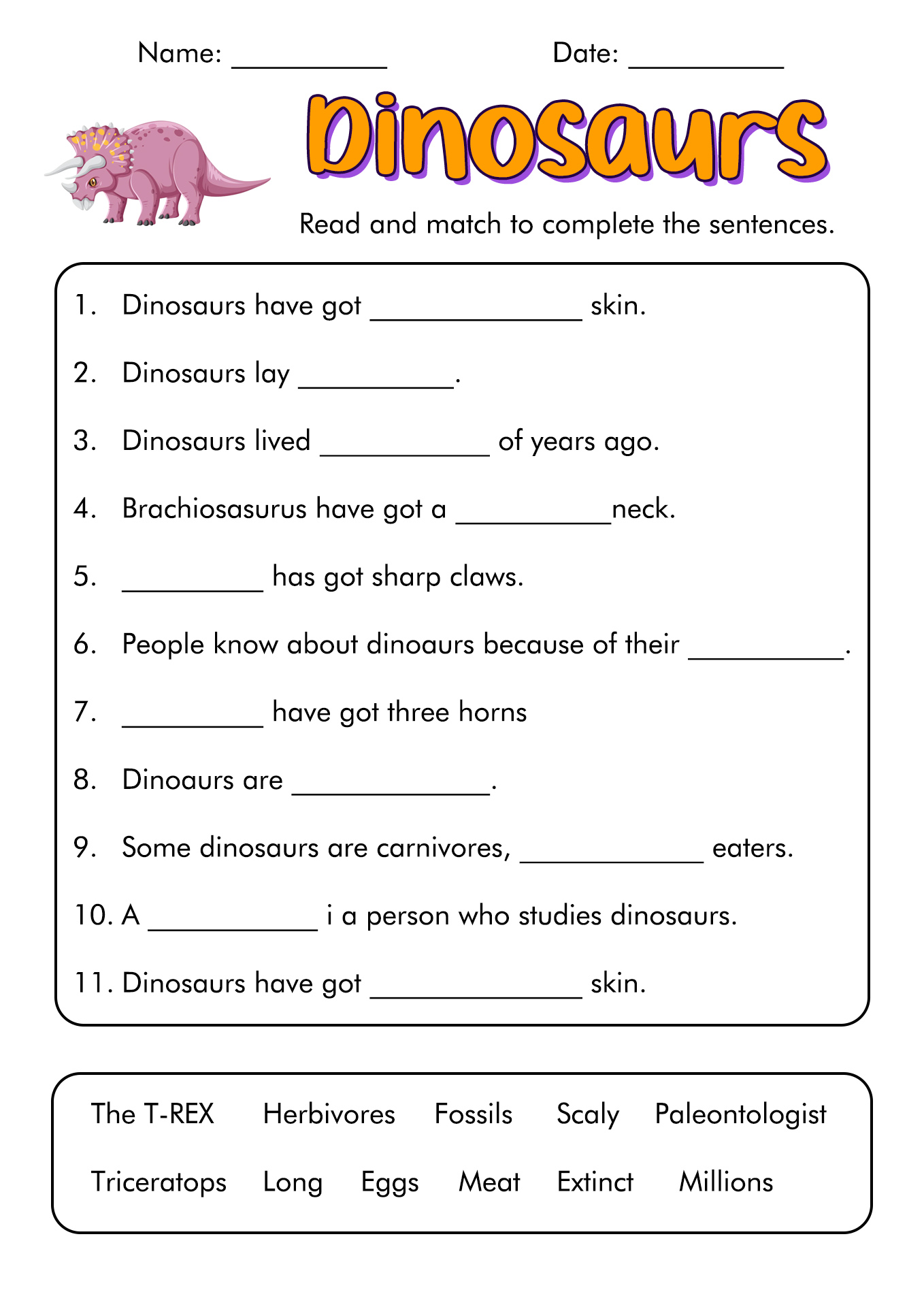
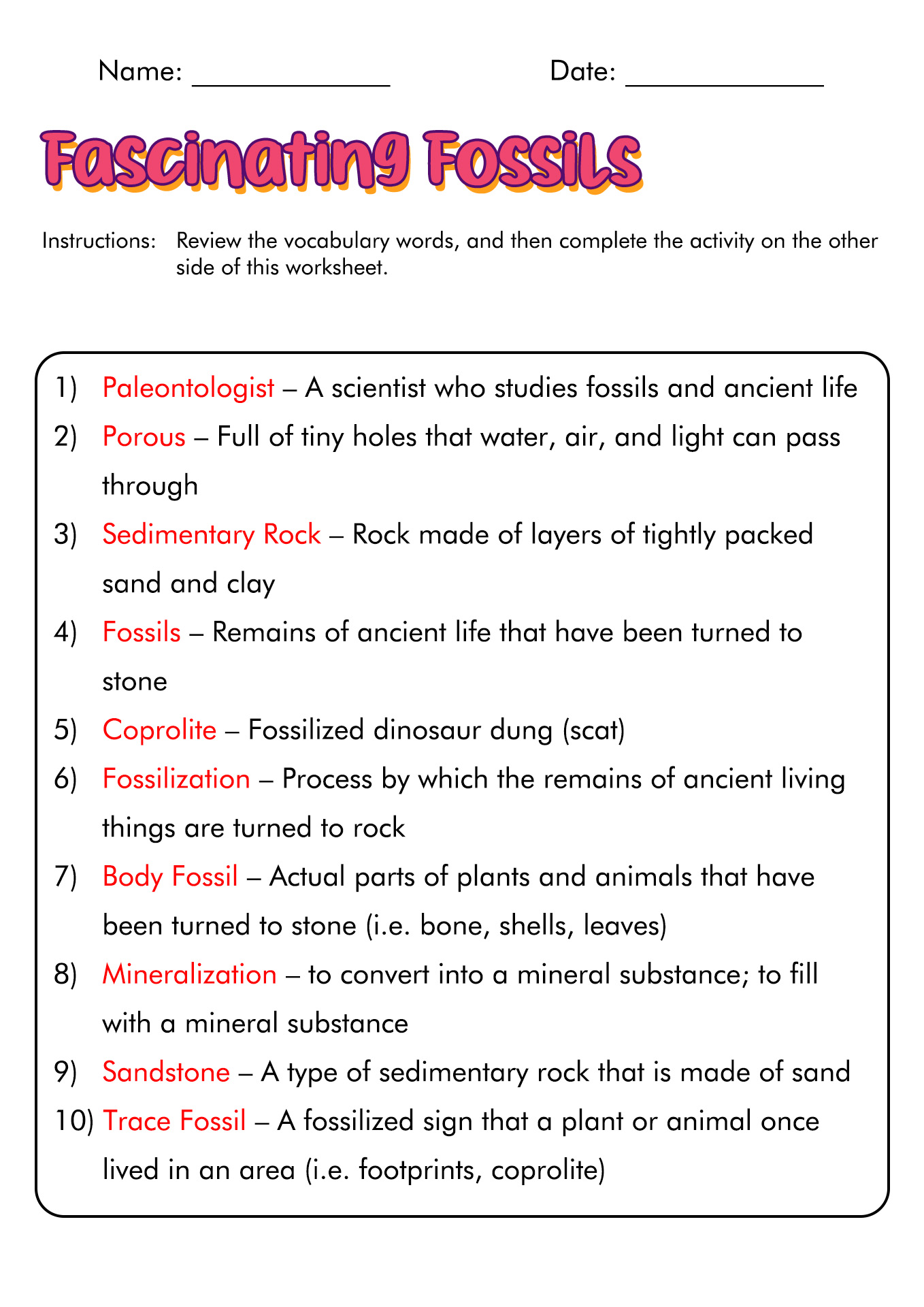









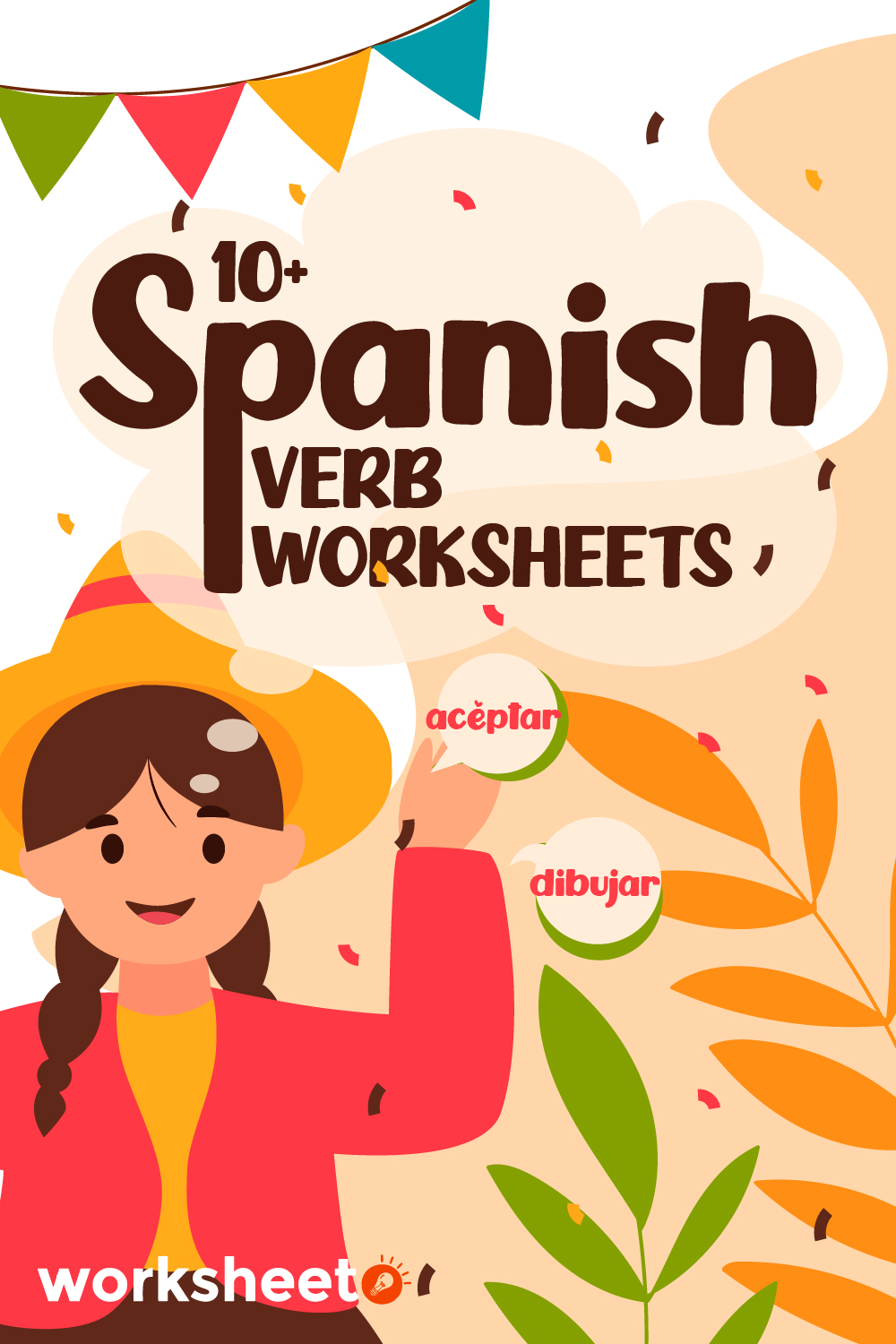



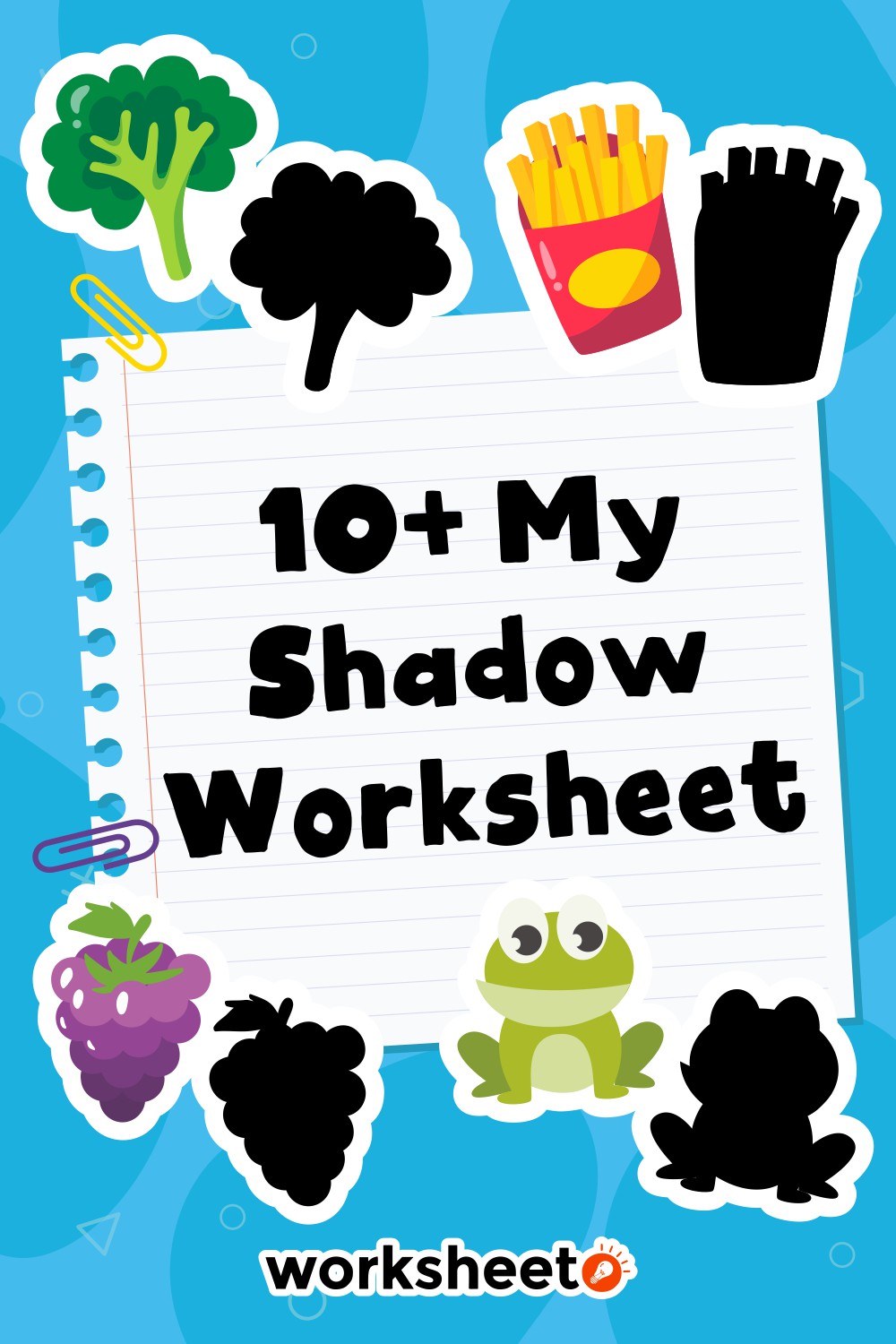
Comments
Printable images of fossils activities worksheets allow people to visually engage with and learn about fossils, aiding in the understanding of prehistoric life and promoting scientific exploration.
Great resource! Love the engaging activities and worksheets that bring fossils to life in a fun and educational way. Perfect for sparking curiosity and learning about Earth's history.
These Fossils Activities Worksheets are a great educational tool! They provide engaging and interactive activities to learn about fossils. Highly recommended for learning and exploration!